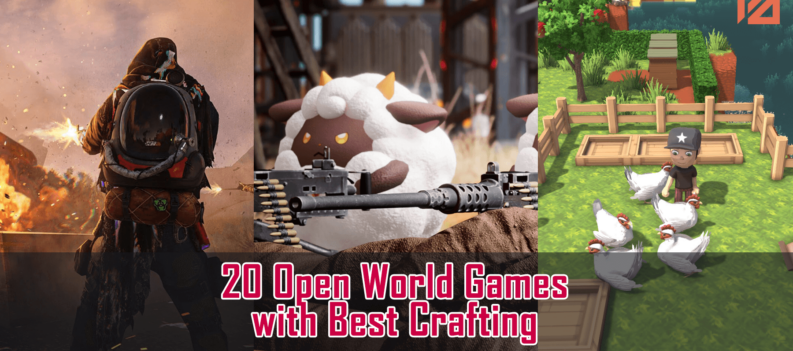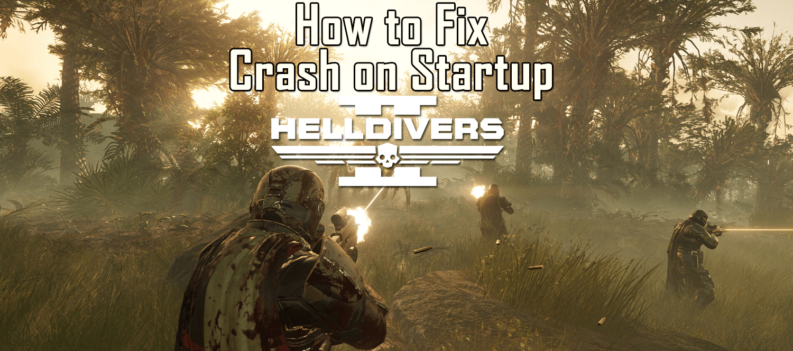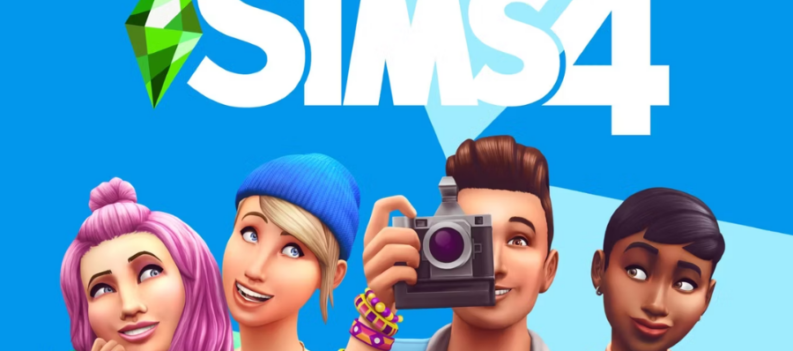Taking its name from one of the most crowded cross-walks in the world, 428: Shibuya Scramble has finally brought its interesting mix of action and comedy to our shores. Even though it is ten years from the original release, I can confidently say that fans of visual novels won’t want to miss one of the most unique titles in the genre.
Although the gameplay in 428: Shibuya Scramble will be familiar to anyone who has played a visual novel, it takes that familiarity and veers off in some very different directions. You start the game with five main characters who appear to have five separate stories that each intersect with a local kidnapping. Those characters are Kano the policeman, Achi, the former gang leader turned environmental enthusiast, Osawa, the scientist, Tama, the part-time mascot, and Minorikawa, the freelance writer.
There are also a handful of side characters. Some are used for comedic effect, some are threatening, and some are unexpectedly tragic or likeable. No matter how you feel about someone at the beginning, give them time. You might find yourself being grateful for a pocket banana from Kajiwara.
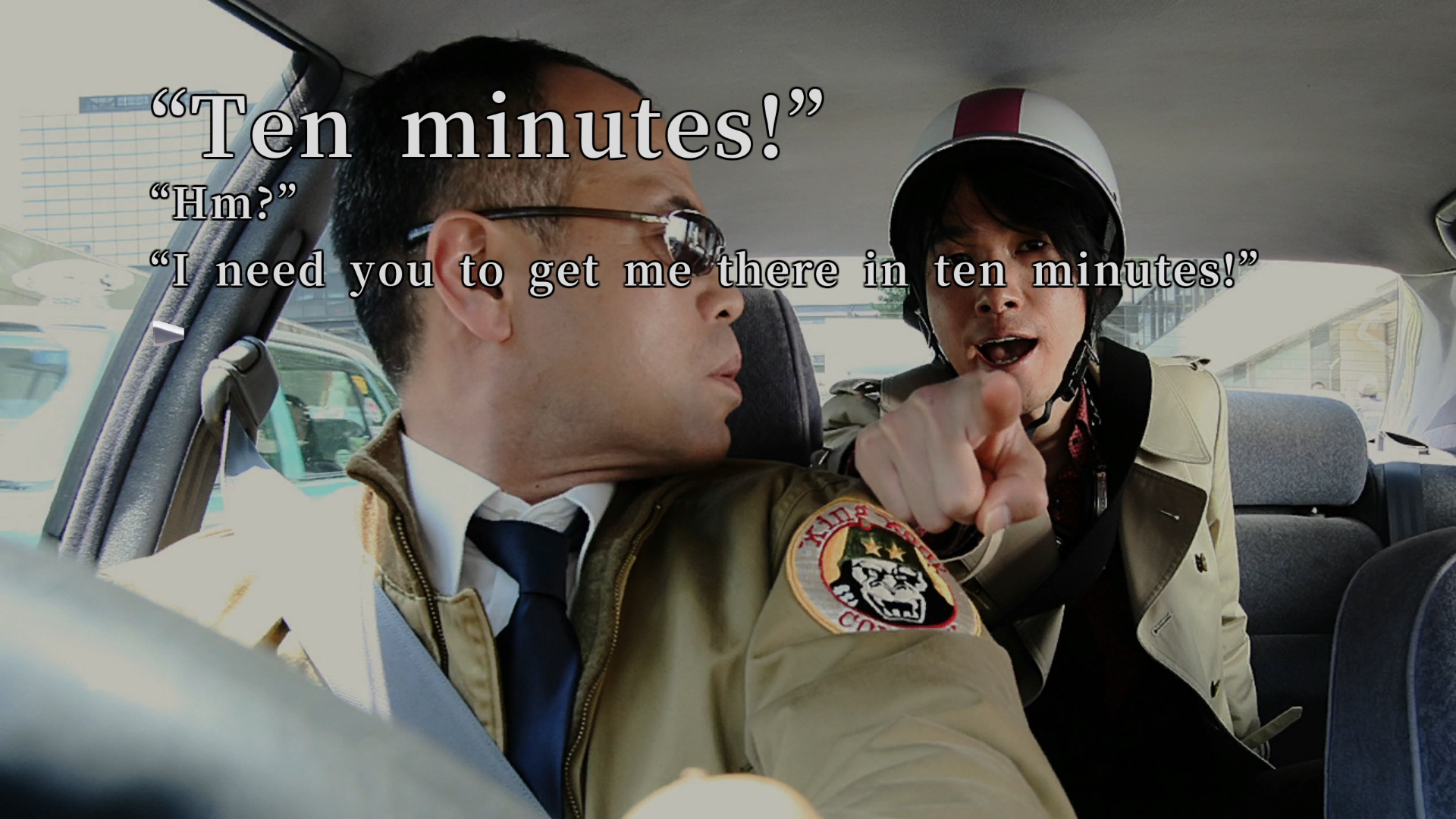
Running like the television show 24, the story is told in hour long blocks. You have to shepherd each of your main characters from the beginning to the end of each hour, and the story twists and turns more than a barrel of snakes.
You can start each hour with any character. As you go through the hour, you will read the story and dialogue and make decisions. Unlike other games that give you a general idea of what you will say, the decision you choose is exactly what you say. Even though you may not be able to guess the reaction, I really appreciated the clarity there.
Even the smallest decisions have consequences for you and even more so for other characters. Their lives are bound together in ways you cannot possibly predict. For one choice, I gave the correct directions to someone, and it completely derailed another character’s story.
Some characters will hit a wall that prevents you from moving forward until you play another story during the same hour. Yellow caution tape with the words “Keep Out” will pop up on the screen. The stories for multiple characters will be stopped at the same time.
Highlighting and selecting red text will allow you to jump between stories if the other character has reached the same time. This allows you to remove a keep out section and advance another story that may allow you to unlock two more. It’s a little like a puzzle, but it quickly makes sense.
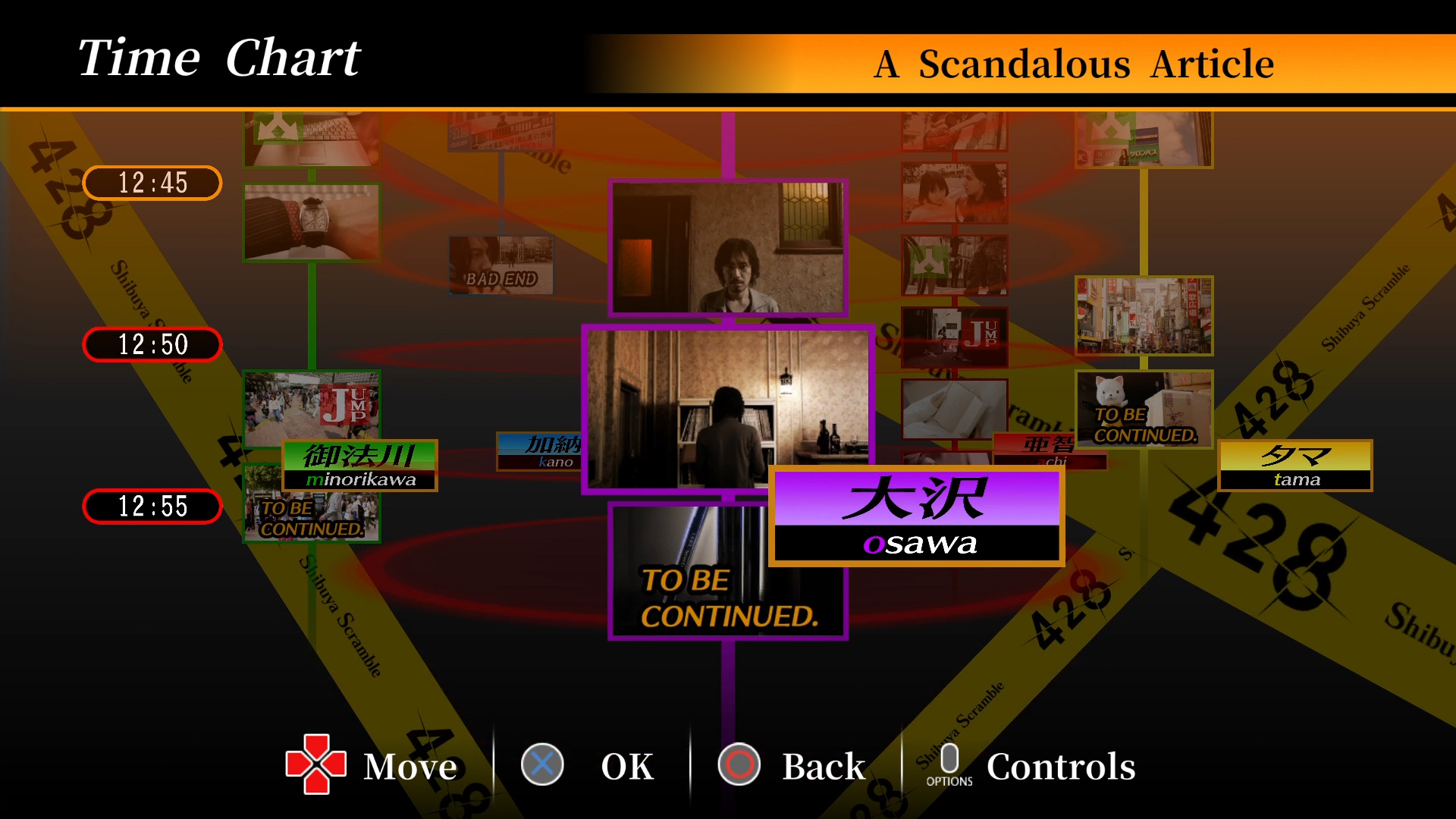
The Time Chart nicely organizes all of the stories by character. Accessed through the triangle button, you can select blocks of time to quickly make a different decision or jump between stories without having to play through everything again. It is extremely easy to navigate, and it makes the complexity completely manageable.
Later parts in the game can become much more complicated in this regard, and my patience started to wear thin in one section at the end. The constant jumping and accompanying failure was forcing me to watch the same parts for one minor change here or there to move forward to another story to see the next interesting part. I didn’t enjoy that, but the organization of the Time Chart kept me moving forward more often than not.
For a game that was released ten years ago, it looks excellent for its age, especially considering the presentation choices. Many visual novels are animated or drawn. 428: Shibuya Scramble has actors with real pictures and some video of Shibuya. For a story set in the real world, it draws you into the stories in a way that other visual novels can’t.
Most of the game has still-frame pictures with some panning. The text is laid over the top, and it’s very easy to read. For a game that will ask you to do that for hours, it’s a beautiful thing, and it lets you focus on the story instead of fight to read it.
The sound is also excellent and helps with immersion. The sound effects are good, they’re clear, and are synced correctly to the events on screen. The music is also very good from the light-hearted theme played for the goofy Mr. Yanagishita (which I have been singing outside the game) to the orchestral pieces played during serious moments.
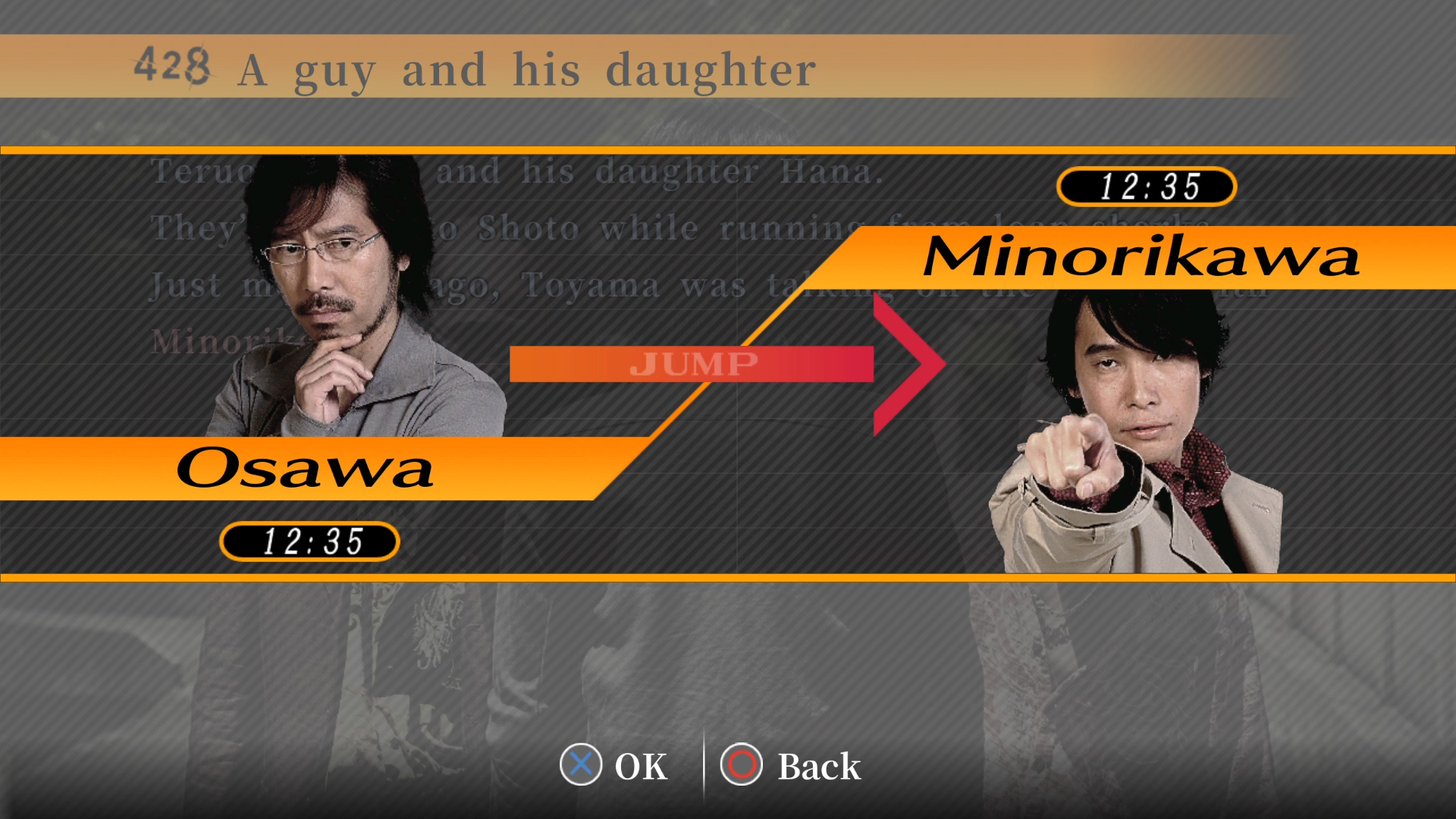
The tips are another place where the presentation shines. As you play, words are highlighted in blue. Often these terms will explain or provide more detail for what is being discussed. They can be as simple as defining the FBI, or they can provide specific details about Shibuya that I wouldn’t possibly know.
Often, the tips had me laughing with a joke, narrating a scene or character’s thoughts, or breaking the fourth wall. There is an entire side story told through tips. It’s not critical that you know it, but it was great to find a new tip to tell me the next part of this side story.
Unfortunately, it’s also where I found a bug that would freeze the game. I tried it three times, and it froze every time. When you see a tip for tobasco, just look it up on your phone and know that it’s really spicy sauce. The game saves frequently, so you don’t lose much by restarting the game or by not viewing the tip.
Overall, 428: Shibuya Scramble was worth the wait. I was a little frustrated with the overreliance on jump mechanics at the end, and I had to restart due to a bug. The rest of the game told me an engaging story with interesting characters and multiple endings that kept me guessing and added some bonus content after the main game.
The presentation looks good (especially those old flip phones), and it sounds great too. If you like visual novels or just enjoy something different, give 428: Shibuya Scramble a try.
Review Disclaimer: This review was carried out using a copy of the game provided by the publisher. For more information, please read our Review Policy.
Reviewed using a PS4 Pro.




